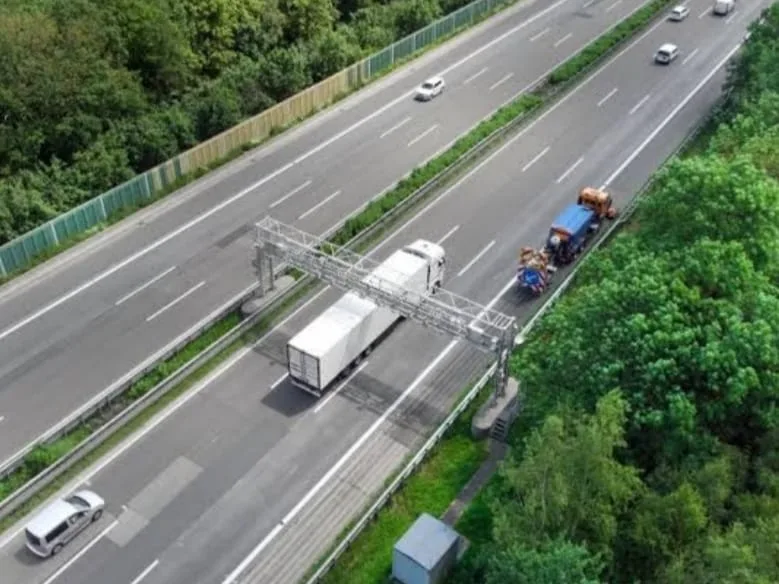The gig economy is a labor market characterized by short-term contracts, freelance work, and on-demand jobs, offering flexibility for both workers and businesses . It has grown significantly in recent years due to technological advancements, changing workforce expectations, and economic conditions .
Key Aspects of the Gig Economy:
- Definition: The gig economy includes freelancers, independent contractors, and temporary workers who perform tasks ranging from graphic design to ride-sharing, often mediated by digital platforms .
- Growth and Statistics: Gig workers are projected to make up nearly 50% of the U.S. workforce by 2025 . Over 50% of the U.S. workforce participates in gig work in some capacity .
Driving Factors
- Technological Advancements: AI, automation, and digital platforms have made gig work more accessible and efficient .
- Changing Workforce Expectations: Millennials and Gen Z professionals have embraced freelancing and flexible work .
- Economic Uncertainty: Businesses seek cost-effective staffing solutions, turning to gig workers for agility .
- Benefits for Workers:
- Flexibility: Gig workers have the freedom to set their schedules and choose projects that align with their skills and interests .
- Autonomy: Greater independence and the ability to work on multiple projects across industries .
- Access to Opportunities: Increased access to international opportunities due to remote work advancements .
Benefits for Employers:
- Access to Talent: Access to specialized talent without the overhead costs of permanent employees .
- Agility: Ability to scale operations quickly without long-term payroll commitments .
- Cost Savings: Hiring in regions with lower labor costs .
Trends in 2025:
- Rise of Highly Skilled Gig Work: Increased contract-based work in IT, finance, healthcare, and marketing .
- AI and Automation: AI-driven platforms match job seekers with employers based on skillsets and availability .
- Expansion into Corporate Environments: Companies integrating gig workers into long-term workforce strategies with hybrid staffing models .
- Gig Worker Rights and Benefits: Advancements in portable benefits, stronger labor laws, and company-sponsored perks .
- Remote and Global Opportunities: Companies hiring freelancers and contract workers from across the globe .
- Growth of Staffing Agencies: Increased popularity of staffing agencies specializing in gig and contract work .
Challenges and Considerations:
- Lack of Social Security and Benefits: Absence of health insurance, pension plans, and paid leave for many gig workers .
- Income Instability: Gig workers face income instability and wages below national minimum standards .
- Exploitation: Gig workers often face exploitative conditions, including long working hours without adequate compensation .
- Regulatory Issues: Governments are recognizing the need to regulate the gig economy to provide essential protections for gig workers .
- Globalization Challenges: Global gig workers face challenges related to diverse regulations and cultural nuances .
Predictions for 2025:
- Enhanced protections for gig workers, addressing fair pay, benefits, and working conditions .
- Integration of blockchain technology to enhance trust and security in gig transactions .
- Growth of niche gig markets catering to specialized skills and industries .
- Increased collaboration between gig workers and traditional businesses . The gig economy is reshaping the way people work and how businesses operate, offering flexibility and opportunities while also presenting challenges that need to be addressed through appropriate regulations and protections .
- for economy news click www.eminentnews.com
Gig economy in India
The gig economy in India is rapidly expanding and significantly impacting the labor market, offering both opportunities and challenges .
Key Impacts of the Gig Economy in India:
- Growth and Market Size: The gig economy in India is projected to grow at a compounded annual growth rate (CAGR) of 17%, reaching USD 455 billion by 2024 . By 2030, it is expected to contribute 1.25% to India’s GDP .
- Employment Generation: The gig economy is a major force behind job creation, with projections estimating around 90 million jobs in the long term . By 2030, gig workers are expected to make up 4.1% of the total workforce .
- Driving Factors:
- Digital Penetration: High internet and smartphone penetration in India has provided a strong foundation for the gig economy .
- Startup and E-commerce Growth: The rise of startups and e-commerce has increased the demand for flexible workers in various roles .
- Consumer Demand for Convenience: Increased demand for quick services like food delivery and e-commerce has created opportunities for gig workers .
- Low-Cost Labor: A large pool of semi-skilled and unskilled labor willing to take gig work due to limited formal employment opportunities .
- Changing Work Preferences: Younger generations prefer work-life balance and flexibility, opting for gig work .
- Opportunities for Workers:
- Flexibility: Gig workers can choose their schedules and work locations .
- Diverse Opportunities: A wide range of opportunities across industries such as freelancing, software development, and digital marketing .
- Skill Development: Continuous development of new skills and building portfolios .
- Alternate Revenue Streams: Provides alternate revenue streams, especially in Tier-II and Tier-III cities .
- Benefits for Women: Increased earnings opportunities and greater financial independence for women .
- Challenges and Concerns:
- Job Insecurity: Lack of work stability is a major concern for gig workers .
- Income Volatility: Earnings are unpredictable, making financial planning difficult .
- Lack of Benefits: Gig workers often lack access to health insurance, retirement plans, and other benefits .
- Regulatory Gaps: Absence of a comprehensive legal and regulatory framework, leaving gig workers vulnerable to exploitation .
- Delayed Payments: Many gig workers face dissatisfaction due to delayed payments .
- Mental Health Issues: Isolation, job insecurity, and lack of social interaction can contribute to mental health issues .
- Government Initiatives:
- Code on Social Security, 2020: Recognizes gig workers as a separate category and aims to extend social security benefits to them .
- e-Shram Portal: A portal for registering unorganized workers, including gig workers .
- Ayushman Bharat: Provision of health insurance to gig workers through the Ayushman Bharat-Pradhan Mantri Jan Arogya Yojana (AB-PMJAY) .
- State-Level Initiatives: Some states have introduced initiatives to protect gig workers, such as Rajasthan’s Platform-Based Gig Workers (Registration and Welfare) Act, 2023 .
- In-Demand Jobs in 2025:
- Rideshare Driving and Food Delivery .
- Freelance Content Creation, Online Tutoring, and Digital Marketing .
- App Development, Web Development, and UI/UX Design .
- Data Analysis, Data Science, Graphic Design, and Visual Arts .
- Overall, the gig economy in India is a transformative force that offers significant opportunities for employment and economic growth but also poses challenges related to job security, income stability, and social protection. Addressing these challenges through appropriate regulations and policies is crucial to ensure the welfare and sustainable growth of the gig economy in India .



























